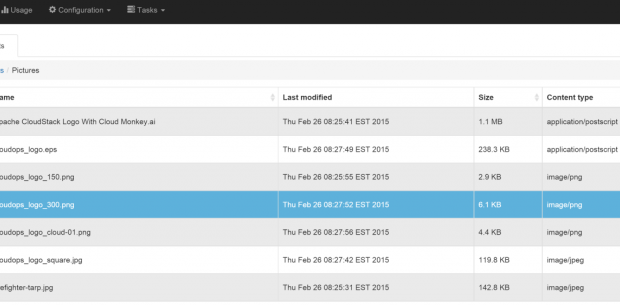Three Reasons Why cloud.ca IaaS Cloud Storage Will Upset You
CloudOps is often asked to provide proposals for organizations migrating to cloud IaaS from their local or self-managed physical servers by people very experienced with virtualization, SANs and dedicated servers. Questions frequently come up about what level of RAID we use in cloud storage and how long it takes to increase the storage amount available to a server. There is also concern with using network storage, as it is perceived to be slower.
Our answers surprise people, and upset their beliefs.
Our cloud IaaS offers a network block storage service that provides the redundancy, performance... Continued






